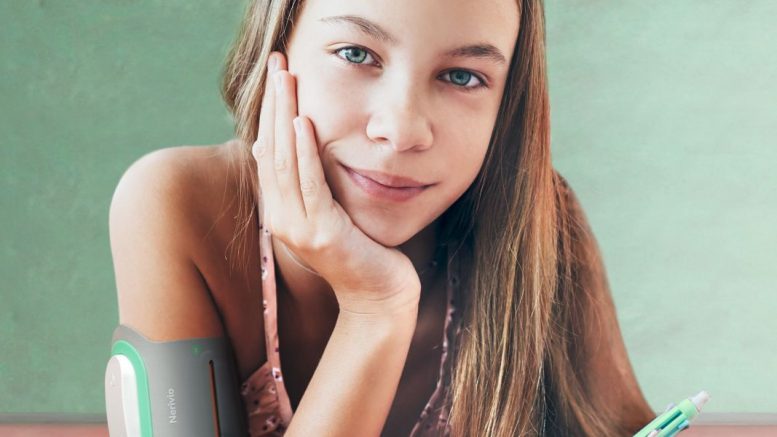Peer-Reviewed Study Compares Treatment Results from Migraine Medications to Using Nerivio’s Remote Electrical Neuromodulation
Theranica, a prescribed digital therapeutics company developing advanced electroceuticals for migraine and other pain conditions, today announced the publication of a study in Pain Medicine that compared adolescent response to migraine medications to their response to Remote Electrical Neuromodulation (REN) administered by Nerivio. The study found statistically significant differences in post 2-hour pain freedom and pain relief outcomes, in favor of REN (Nerivio). It also found an increase in pain relief for patients who used Nerivio.
“To my knowledge, this is the first study that directly compared remote electrical neuromodulation and standard-care treatment options in adolescents,” said Andrew D. Hershey, MD, PhD, co-director of the Headache Center and the endowed chair and director of the Division of Neurology at Cincinnati Children’s Hospital Medical Center, who was the primary investigator in the study, and lead author of the article. “Migraine in adolescents is associated with poorer performance and absence from school and social activities during a particularly formative time in life. Providing teens with more effective and engaging treatments for migraine can have far-reaching positive effects over the course of their lives.
35 chronic and episodic migraine patients in the age range of 12-17 took part in this two-month comparison analysis. More than 83% of the migraine attacks in the analysis started with moderate or severe levels of headache at baseline, prior to taking medication – or Nerivio. Over the counter medications and oral triptans were used by patients during the medication month, and Nerivio during the REN month.
37.1% of patients achieved pain freedom during the REN phase as compared to 8.6% in the medication phase. The results were statistically significant. In addition, 71.4% achieved pain relief with REN as compared to 57.1% with medications.
The study also measured treatment consistency as measured by response in at least of 50% of the first four treatments. 40% of the patients reported consistent pain freedom with REN phase, compared to 8.6% with medications. Consistent REN-induced pain relief was reported by 80% of the patients as opposed to 57.1% in the medication phase. All differences were statistically significant.
“The importance of having a non-pharmacologic, discrete, easy-to-use and effective acute treatment in the adolescent armamentarium cannot be overstated,” said Samantha Irwin, MD, pediatric neurologist at the UCSF Benioff Children Hospital in San Francisco, who specializes in caring for children and adolescents with headache disorders. “This study provides evidence that Nerivio may be considered as a first-line acute treatment, especially for adolescents with medication restricting comorbidities or a preference for a non-medication-based treatment,” added Dr. Irwin, who co-authored the study article.

